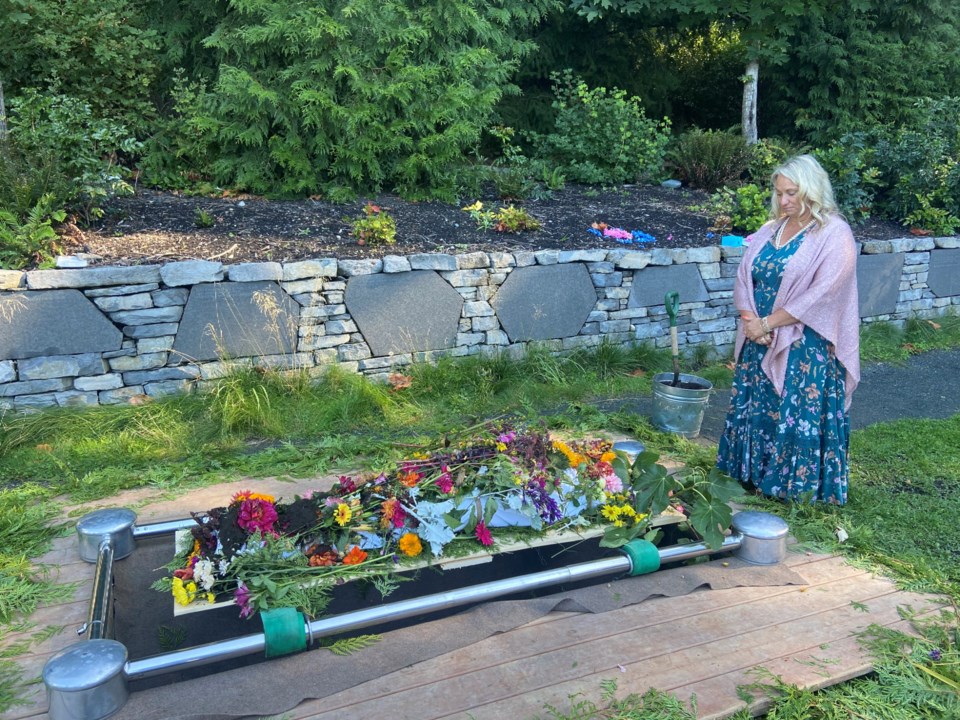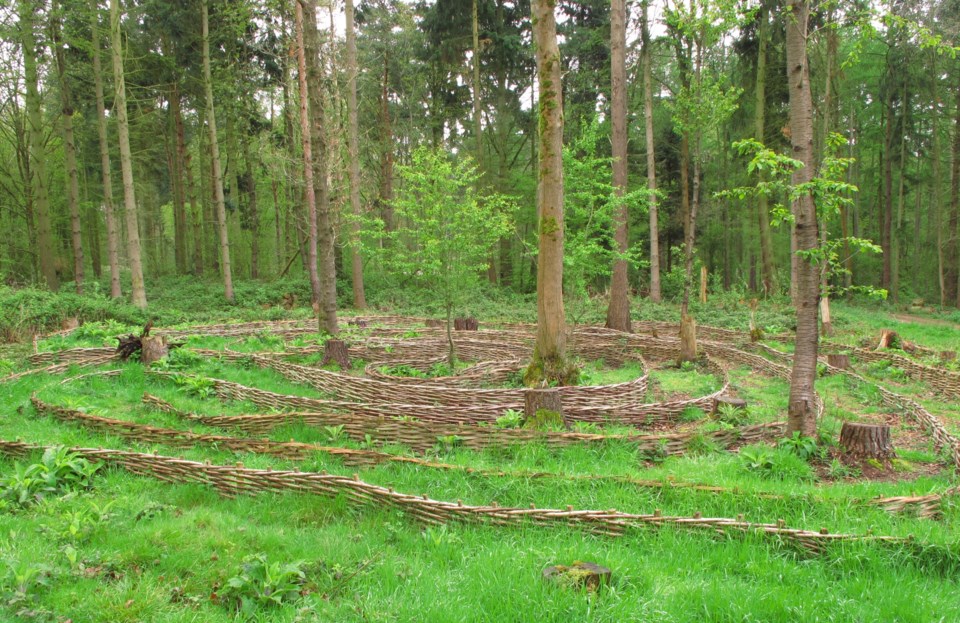High provincially mandated fees are stopping the growth of natural burial grounds in Ontario, advocates for the sector say.
Natural burial is a simple process involving burying the dead person in a simple unfinished coffin or shroud at a depth of about three or four feet — deep enough not to be disturbed by scavenging animals but shallow enough to be in a biologically active level of the soil and contribute to it. The body is not embalmed.
People who would like to make the practice more widespread say that given the much lower costs, the fees created with traditional burials in mind should not be applied.
In Ontario, local governments are permanently responsible for maintaining cemeteries that close or go out of business.
To pay for that, someone who wants to open a new cemetery is required to put $165,000 into a "care and maintenance fund" as well as a 40 per cent surcharge on the cost of every burial.
But Susan Greer of the Natural Burial Association argues that those fees are far in excess of what the real costs of a natural burial are and far beyond what it would cost a municipality for the upkeep of one, if it came to that.
"If your last act is giving back to the earth, you're doing something that's gentle and kind," she says. "It just seems entirely unfair, particularly for natural burial, which is less expensive to maintain. You’re doing something good, so why penalize that?"
Typically in a natural burial there are no individual markers, though the grave location is documented. Often, as the area is filled up, it becomes a forest or wildflower meadow.
Burial practices of this kind are perfectly legal in Ontario, but because of the care and maintenance fund requirement, Ontario has no stand-alone natural burial grounds — the ones that do exist are add-ons to traditional cemeteries.
At a cemetery near Victoria, B.C., that has both natural and traditional areas, the natural area takes far less money and work to maintain, says manager Lorraine Fracy.
"We have one gardener that can look after these fairly big footprints of 150 to 250 graves, going in a couple of times in a month," she explains.
With the traditional burials, B.C.'s care and maintenance fee of 25 per cent seems reasonable.
"We're on 134 acres, 80 have been developed. We have a crew of 18 In the summertime when we're full with all of our seasonal staff, between the mowing and the trimming of the headstones, going back in and doing maintenance on graves that have collapsed.
"We do a March cleanup, which is usually two weeks of all hands on deck, and then, of course, the trimming, and the maintenance and the maintenance of the equipment."
If they were allowed to charge a lower care and maintenance fee for natural burials than B.C's mandated 25 per cent, they would, she says.
"If we had an opportunity here, to change our care fund for our green burials, it certainly would not be 25 per cent, of our intake, like it is for the rest of the cemetery.
Ontario's care and maintenance fee of 40 per cent is Canada's highest, Greer points out:
"How it got to be 40 per cent in Ontario I don't know, but that's just a punitive fee. People expect that natural burial is going to be affordable. So if you try to launch a dedicated natural burial ground, and you have to charge these high, high fees to compensate for the 40 per cent, well, there's your barrier right there.
"This 40 per cent really isn't necessary. A dedicated natural burial ground, as you can imagine, doesn't have the tombstone maintenance, and doesn't have to be mowed frequently in the growing season."
In the long run, Greer says, there is potential to use natural burial grounds as conservation land or forest parks, as is done at dozens of sites in Britain.
"The goals of the land trusts and those of the natural burial grounds synergize. Both want to protect nature for future generations. In the U.S., there are partnerships between woodland trusts and natural burial grounds."
The Ministry of Public and Business Service Delivery is aware of the suggested changes to the Funeral, Burial and Cremation Services Act and its regulations, including separate, lower rates for natural burials and "will consider this feedback in the future, as appropriate," spokesperson Stephen Puddister wrote in an email.
There is a regulatory provision that would allow the $165,000 fee to be reduced or waived entirely, but Bereavement Authority of Ontario spokesperson David Brazeau said that the BAO had no record of how many applications there had been under the provision, or whether they had been successful.
Both Greer and Fracy pointed to a standalone burial ground on Salt Spring Island, Canada's only public one — another on Denman Island is reserved for local residents — as ideal.
"It's stunningly beautiful," Greer says. "It's behind a farm. You drive up a windy lane, past the farm and the animals. And then it goes a little uphill into incredibly rich green, Douglas fir forest, which is where the natural burial ground is."
"A lot of Ontario and Alberta cemeterians would reach out to me and then they would come out and spend a day with me and do tours," Fracy says. "And then their higher reps would reach out to me and say, 'What did you do to my staff?' They just came back so fuelled about it."
"We have cemeteries that didn't do their due diligence with care funds and making sure they had money for the future," Fracy says. "But I think putting this stranglehold on future development of cemeteries is going to backfire, because we're not going to be able to bury our dead at some point. Certainly not with the respect and decency that we do now."



